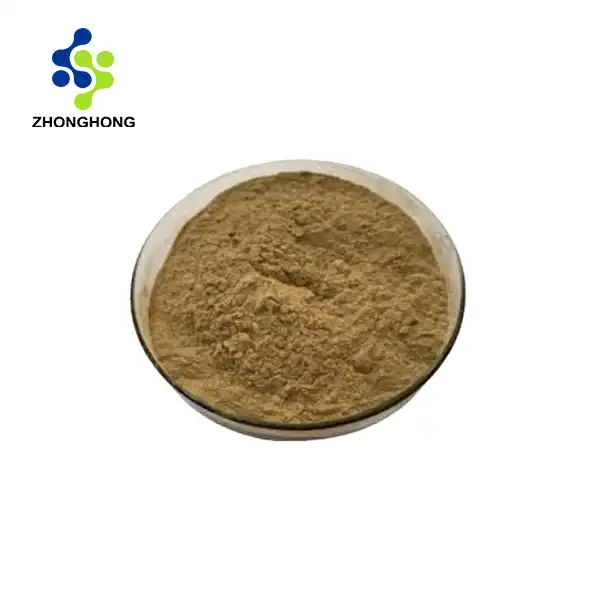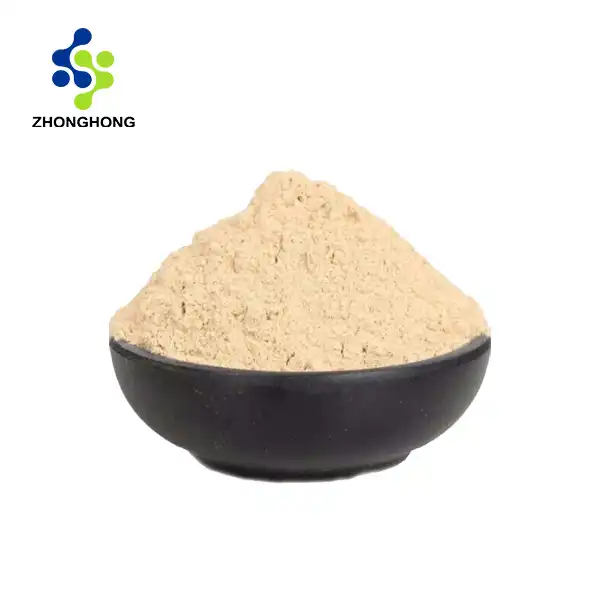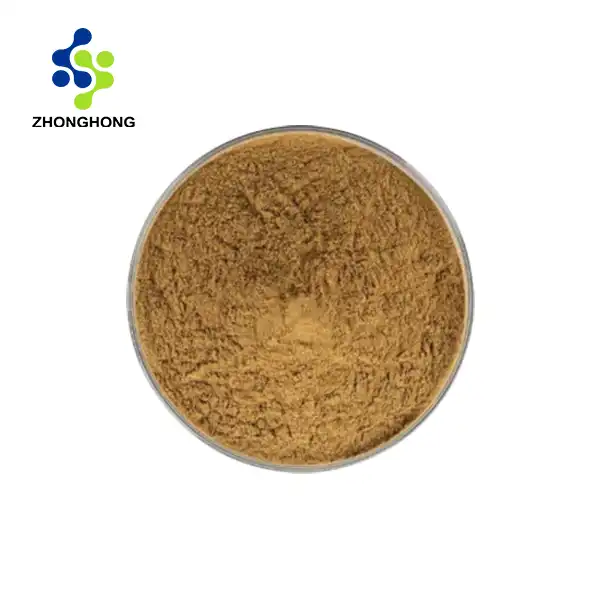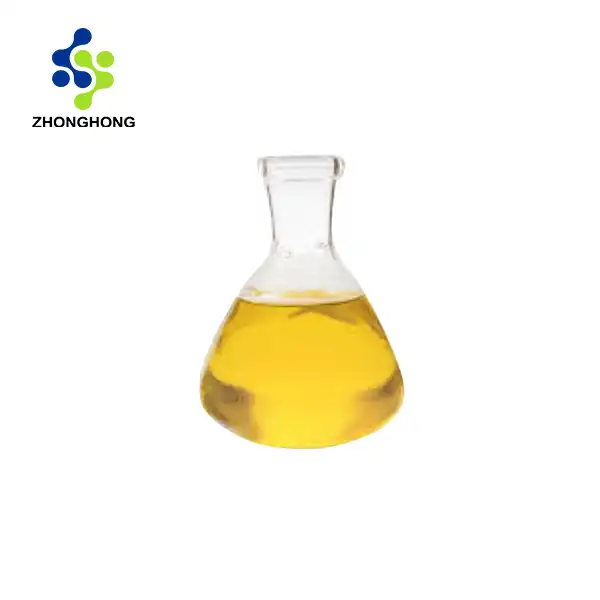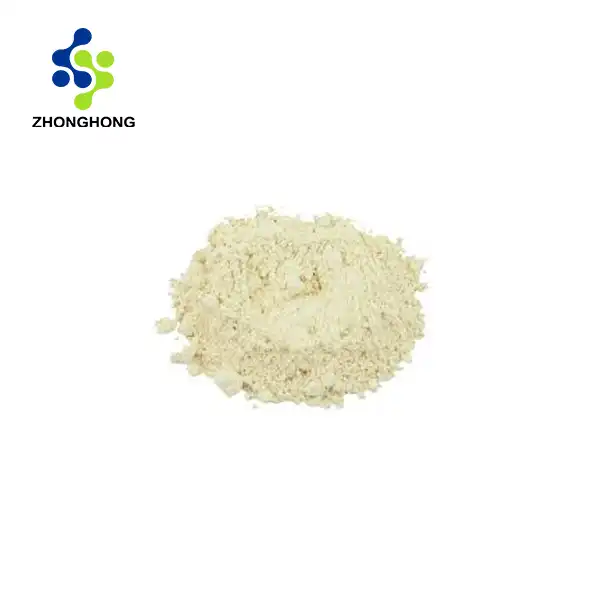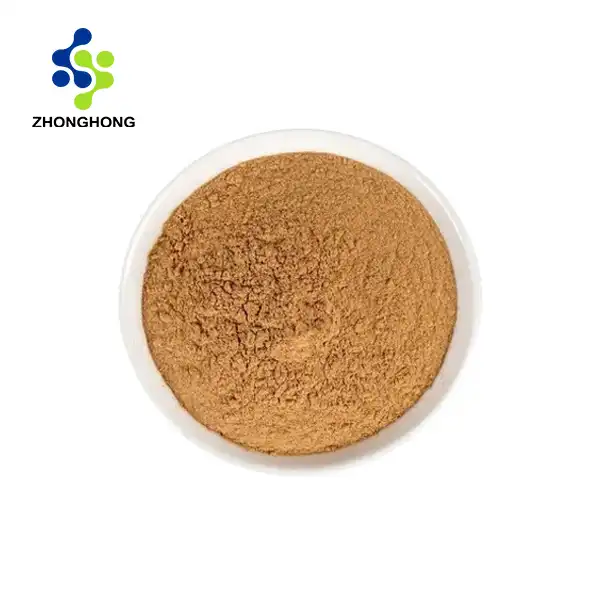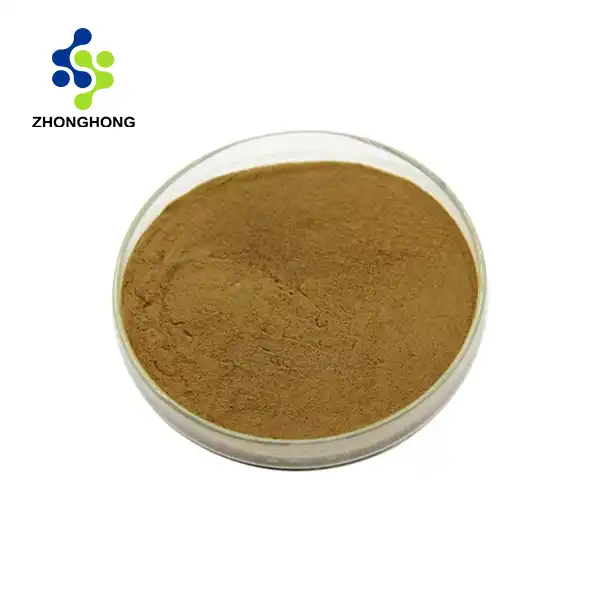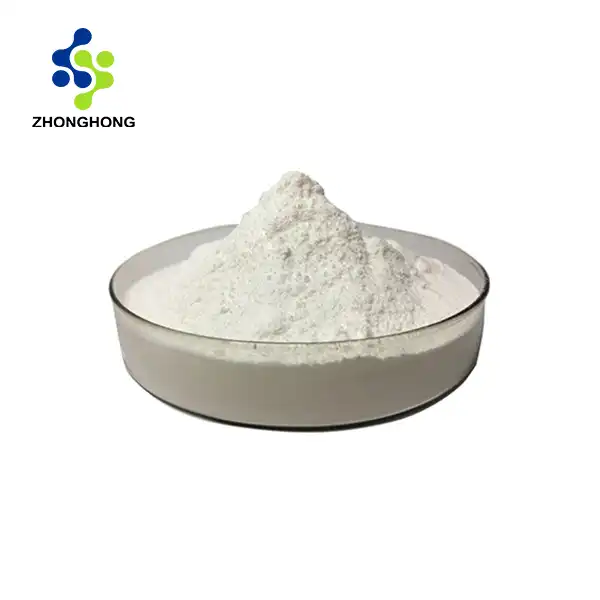What food is stachyose found in?
2024-11-15 21:04:53
Stachyose, a lesser-known but increasingly important oligosaccharide, is naturally present in a variety of plant-based foods. This unique sugar molecule is found predominantly in legumes, particularly in soybeans and other members of the bean family. However, its presence extends beyond just legumes. Stachyose can be discovered in various nuts, seeds, and even some vegetables. Notable sources include soybeans, black beans, kidney beans, lentils, chickpeas, and peanuts. Additionally, stachyose is present in smaller quantities in certain grains like wheat and barley. Some vegetables, such as artichokes and Brussels sprouts, also contain this beneficial oligosaccharide. Interestingly, stachyose is also found in significant amounts in certain medicinal herbs used in traditional Chinese medicine, such as Rehmannia glutinosa and Morinda officinalis. As research into functional foods and prebiotics continues to evolve, the importance of stachyose in our diet is becoming increasingly recognized, leading to growing interest in stachyose-rich foods and stachyose powder as a dietary supplement.
The Science Behind Stachyose: Understanding Its Structure and Function
Chemical Composition and Molecular Structure
Stachyose is a tetrasaccharide composed of two galactose molecules, one glucose molecule, and one fructose molecule. This unique structure gives stachyose its distinctive properties and functions within both plants and the human body. The molecular formula of stachyose powder is C24H42O21, reflecting its complex carbohydrate nature. Its structure allows it to resist digestion in the upper gastrointestinal tract, making it a valuable prebiotic fiber.
Biosynthesis in Plants
Plants synthesize stachyose as a means of carbohydrate storage and transport. The biosynthetic pathway involves a series of enzymatic reactions, primarily occurring in the leaves and seeds of leguminous plants. The process begins with sucrose and involves the sequential addition of galactose units. This biosynthesis is crucial for plant development, particularly in seed formation and germination.
Physiological Role in Human Nutrition
In human nutrition, stachyose acts as a prebiotic, promoting the growth of beneficial gut bacteria. Its resistance to digestion in the small intestine allows it to reach the colon intact, where it serves as a fermentable substrate for probiotic bacteria. This fermentation process produces short-chain fatty acids, which have numerous health benefits, including improved gut health, enhanced mineral absorption, and potential anti-inflammatory effects.
Health Benefits and Applications of Stachyose
Prebiotic Effects and Gut Health
Stachyose's primary health benefit lies in its prebiotic properties. By selectively nourishing beneficial gut bacteria, stachyose helps maintain a healthy gut microbiome. This can lead to improved digestive health, enhanced immune function, and potentially reduced risk of certain gastrointestinal disorders. Research has shown that a balanced gut microbiome supported by prebiotics like stachyose may have far-reaching effects on overall health, including mental well-being and metabolic function.
Metabolic Health and Weight Management
Emerging research suggests that stachyose may play a role in metabolic health and weight management. Its low glycemic index and ability to promote satiety make it an interesting candidate for blood sugar regulation and weight control strategies. Some studies have indicated that stachyose consumption may help reduce postprandial blood glucose levels and improve insulin sensitivity, though more research is needed to fully understand these effects.
Potential Anti-inflammatory and Antioxidant Properties
While primarily known for its prebiotic effects, stachyose has also shown promise in other areas of health. Some studies have suggested that stachyose may possess anti-inflammatory and antioxidant properties. These effects are thought to be mediated through its influence on gut bacteria and the subsequent production of beneficial metabolites. The potential anti-inflammatory properties of stachyose make it an intriguing subject for research in various chronic health conditions.
Incorporating Stachyose-Rich Foods into Your Diet
Dietary Sources and Recommendations
Incorporating stachyose-rich foods into your diet can be both delicious and nutritious. Legumes are the primary dietary source of stachyose, with soybeans and soy products being particularly rich. Including a variety of beans, lentils, and chickpeas in your meals can significantly increase your stachyose intake. Nuts like almonds and peanuts also contain stachyose, making them a great snack option. For those looking to boost their stachyose powder consumption, consider adding more plant-based proteins to your diet, such as tofu, tempeh, and edamame.
Culinary Uses and Recipe Ideas
There are numerous ways to incorporate stachyose-rich foods into your daily meals. Try adding beans to your salads, soups, and stews for an extra nutritional boost. Hummus, made from chickpeas, is a versatile and delicious way to increase your stachyose intake. For breakfast, consider a soy-based smoothie or a bowl of oatmeal topped with almonds. Roasted soybeans or peanuts make for excellent high-protein, stachyose-rich snacks. When cooking, experiment with different types of legumes to add variety to your meals while benefiting from their stachyose content.
Potential Side Effects and Considerations
While stachyose powder offers numerous health benefits, it's important to introduce it gradually into your diet, especially if you're not accustomed to high-fiber foods. Some individuals may experience digestive discomfort, such as bloating or gas, when consuming large amounts of stachyose-rich foods. This is typically temporary as the gut microbiome adjusts. If you have existing digestive issues or follow a specific diet, it's advisable to consult with a healthcare professional before significantly increasing your stachyose intake. For those interested in supplementation, stachyose powder offers a concentrated form, but should be used under guidance to ensure proper dosage and compatibility with your health needs.
Conclusion
Stachyose, a fascinating oligosaccharide found in various plant-based foods, offers a range of potential health benefits. From supporting gut health to potentially aiding in metabolic regulation, stachyose powder is emerging as a valuable component of a balanced diet. By incorporating stachyose-rich foods or considering stachyose powder supplementation, individuals can potentially enhance their overall well-being through improved digestive health and beyond. If you want to get more information about this product, you can contact us at liaodaohai@gmail.com.
References
1. Johnson, L. A., & White, P. J. (2019). Soybeans: Chemistry, Production, Processing, and Utilization. AOCS Press.
2. Gibson, G. R., & Roberfroid, M. B. (1995). Dietary modulation of the human colonic microbiota: introducing the concept of prebiotics. Journal of Nutrition, 125(6), 1401-1412.
3. Van den Ende, W. (2013). Multifunctional fructans and raffinose family oligosaccharides. Frontiers in Plant Science, 4, 247.
4. Martínez-Villaluenga, C., Frias, J., & Vidal-Valverde, C. (2008). Alpha-Galactosides: Antinutritional factors or functional ingredients? Critical Reviews in Food Science and Nutrition, 48(4), 301-316.
5. Roberfroid, M., Gibson, G. R., Hoyles, L., McCartney, A. L., Rastall, R., Rowland, I., ... & Meheust, A. (2010). Prebiotic effects: metabolic and health benefits. British Journal of Nutrition, 104(S2), S1-S63.
6. Gupta, R. K., Gangoliya, S. S., & Singh, N. K. (2015). Reduction of phytic acid and enhancement of bioavailable micronutrients in food grains. Journal of Food Science and Technology, 52(2), 676-684.
_1728976869676.webp)
